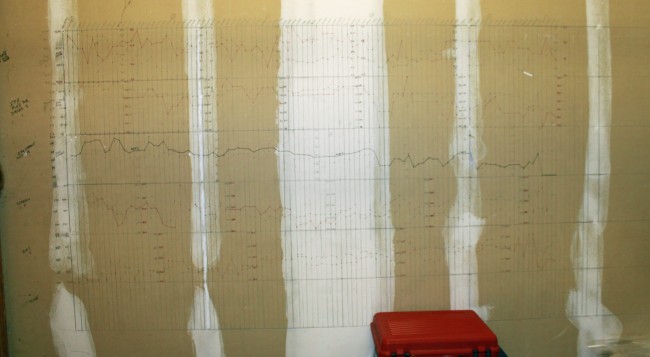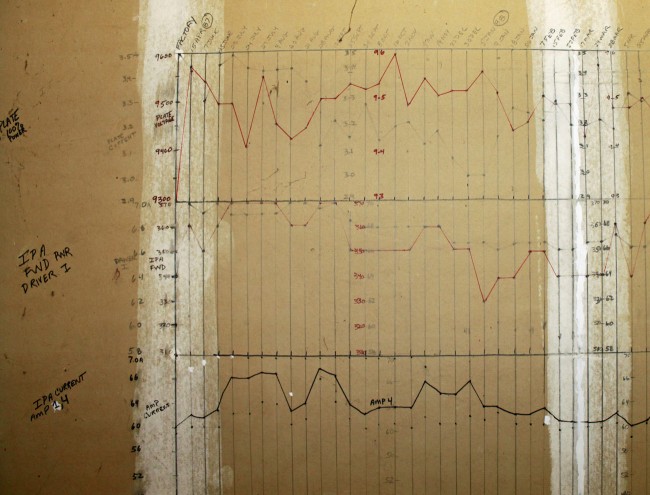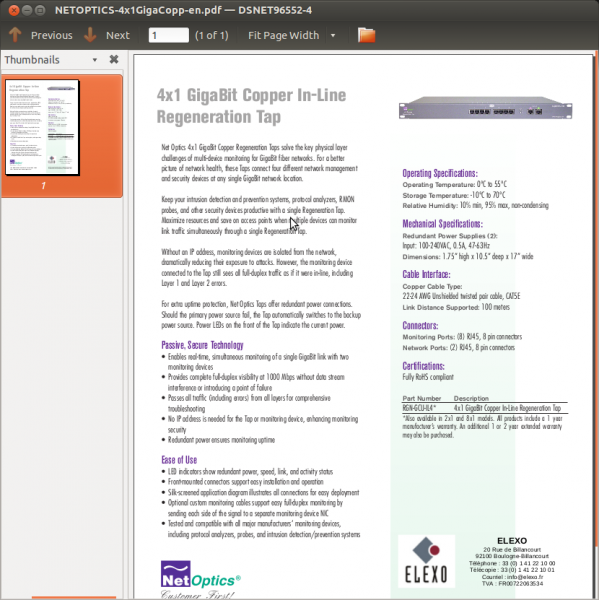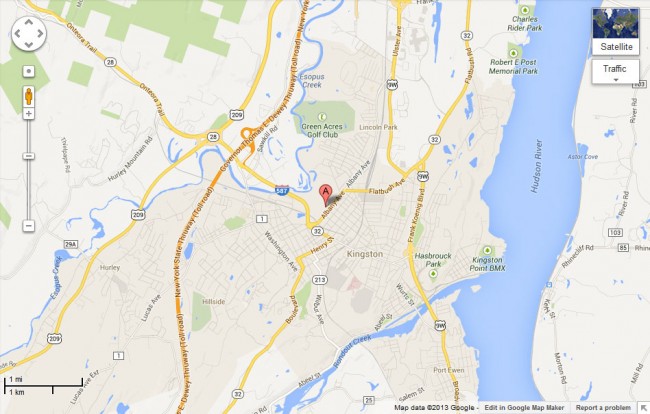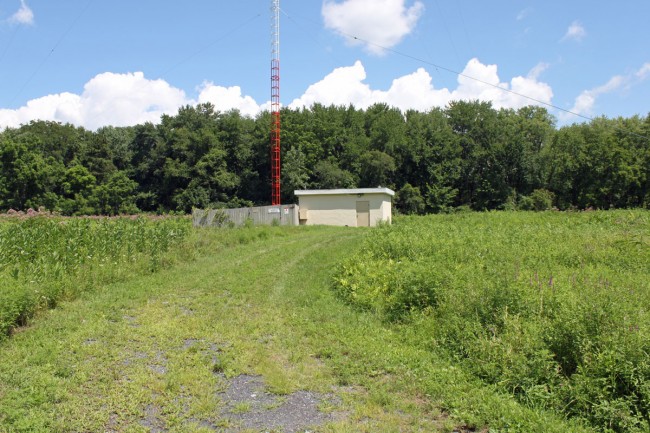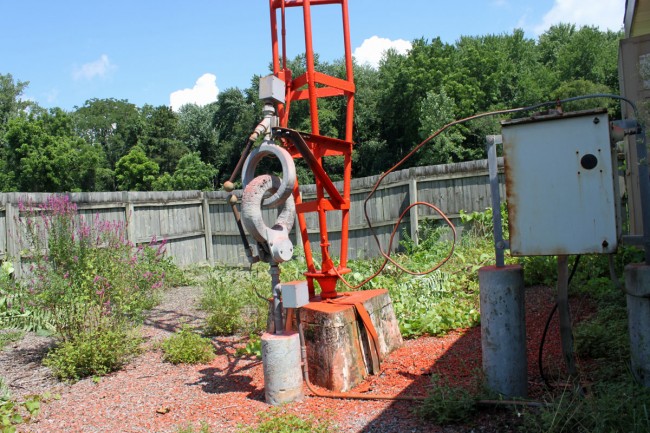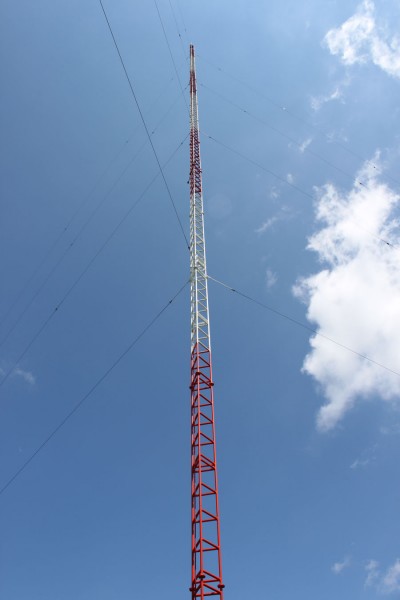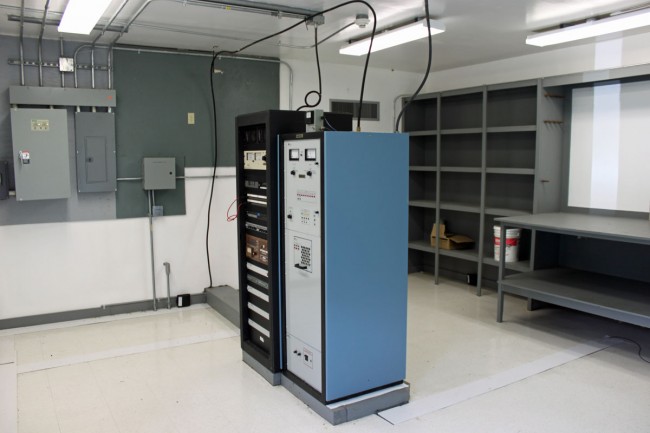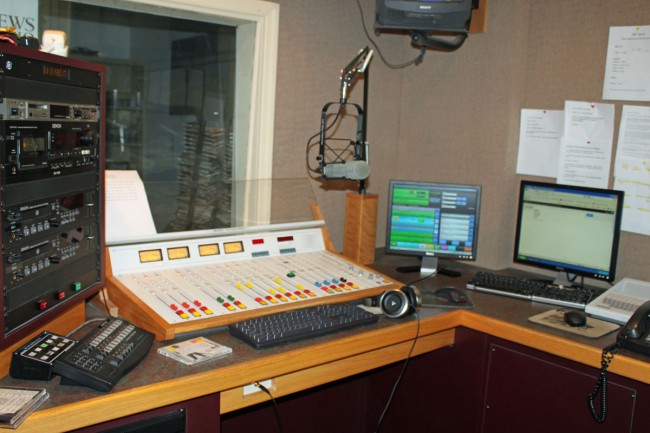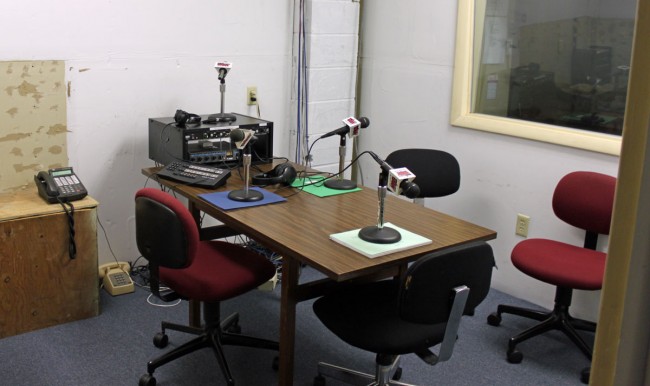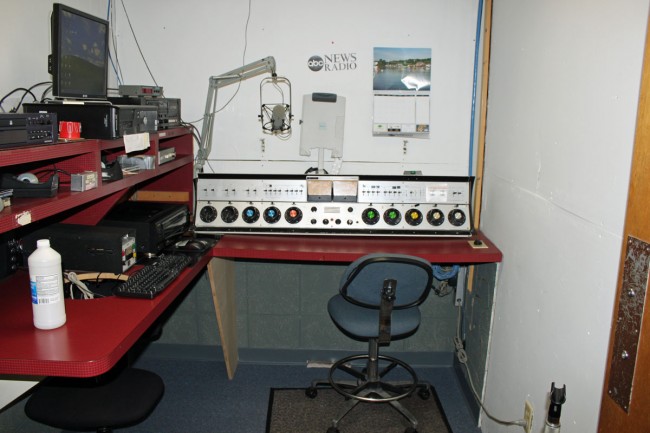I am sure that this has happened in more places than one. WZAD 97.3 MHz was licensed around 1990 as part of the 80-90 drop-ins. The 80-90s were the beginning of the end for viable douopoly operations is smaller markets and triggered the huge wave of consolidation that began a few years later. WZAD started out as a community-oriented station, with a free-form format. DJs often brought their own records to the studio and spun anything from classic rock to jazz to disco or whatever. As such, the station never really caught on. Listeners would tune in to hear their favorite Led Zeppelin song but here “Ernie’s Classic Polka Show” instead.
A few years later, the station was sold to somebody that changed formats to a satellite oldies format.
The station was sold again and again and again before finally ending up with a major consolidator.
There is a lesson there for all the would-be LPFM applicants: Nail down your programming ideas now, float ideas out among the community, and see what will work and what people are interested in.
This is the WZAD studio now:
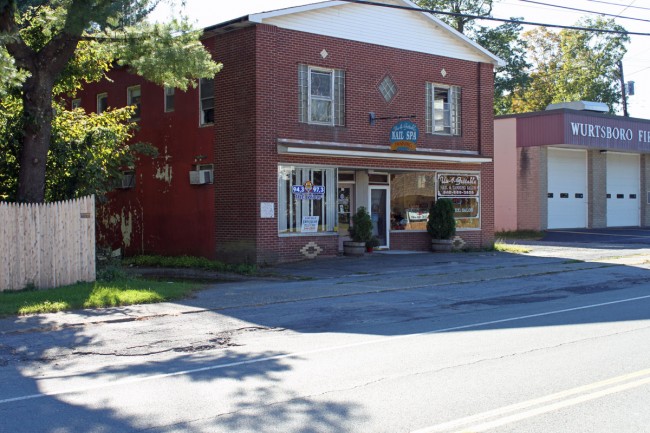
When was the last time anyone from the station was here or set foot anywhere near the community of license? The front lobby of the studio is full of garbage and an old dot matrix printer. It looks like there has been a leak and all the ceiling tiles have fallen down.
The station is being programmed out of the Poughkeepsie studio cluster with an automated country format called “The Wolf.” There is a live morning show, or at least there used to be, I don’t know anymore. How is this station serving as a public trustee?

